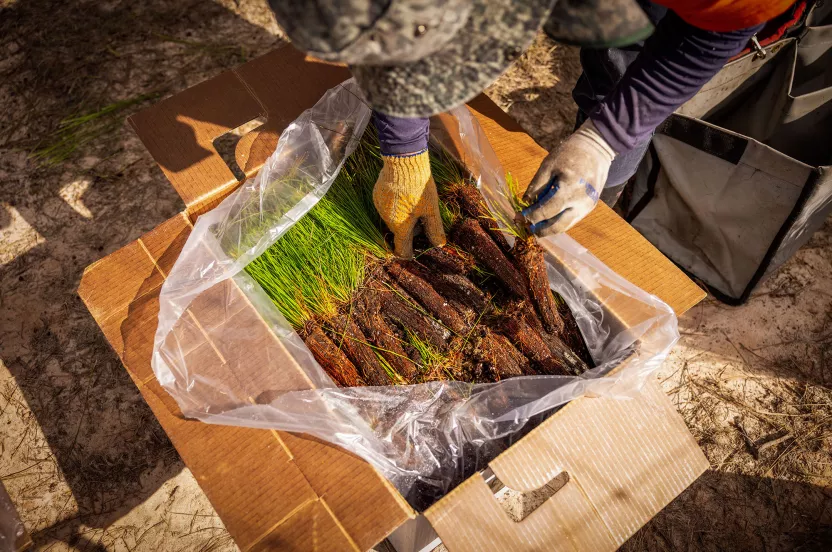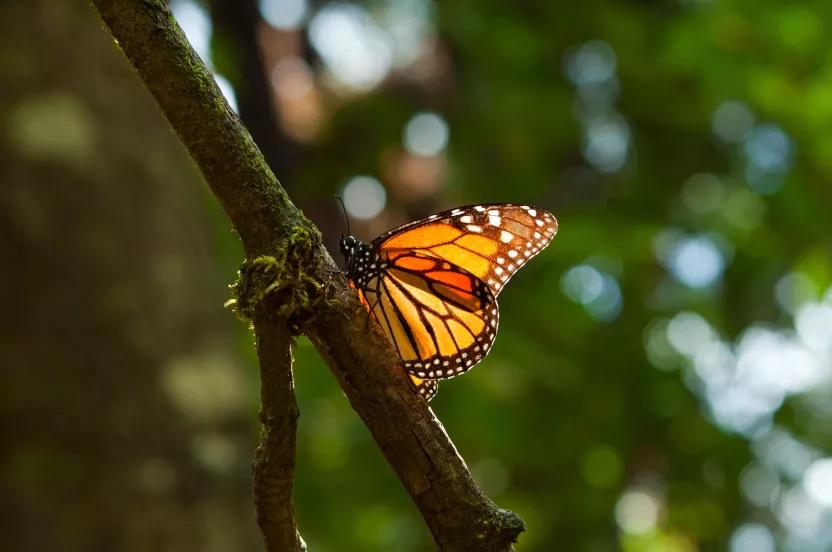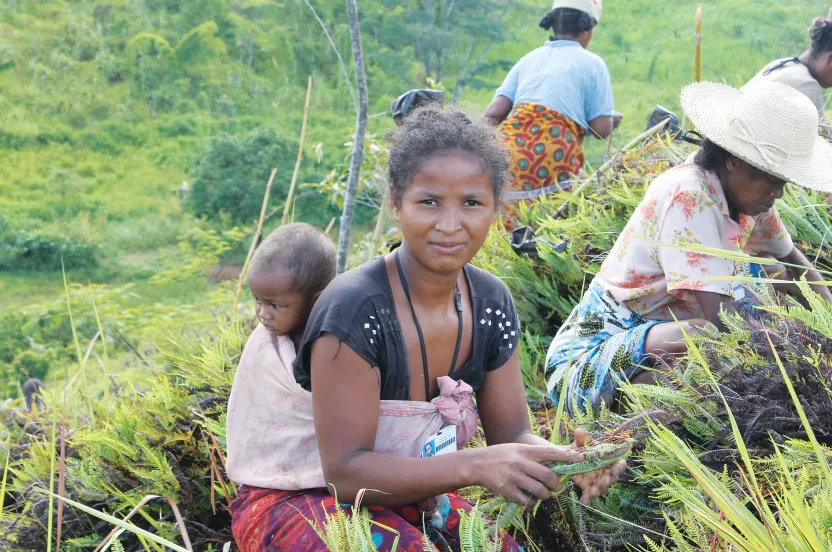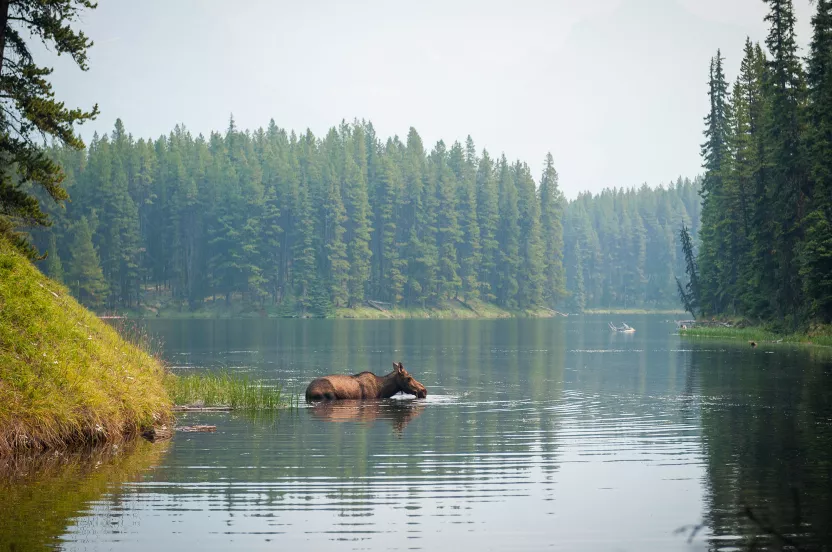The Arbor Day Foundation is pledging 10 million trees to areas impacted by hurricanes Helene, Milton Help us replant
The Past is Not Prologue in the American Pacific West
Climate change is altering the landscape of the nation’s driest region. Why is that so critical?
February 16, 2024
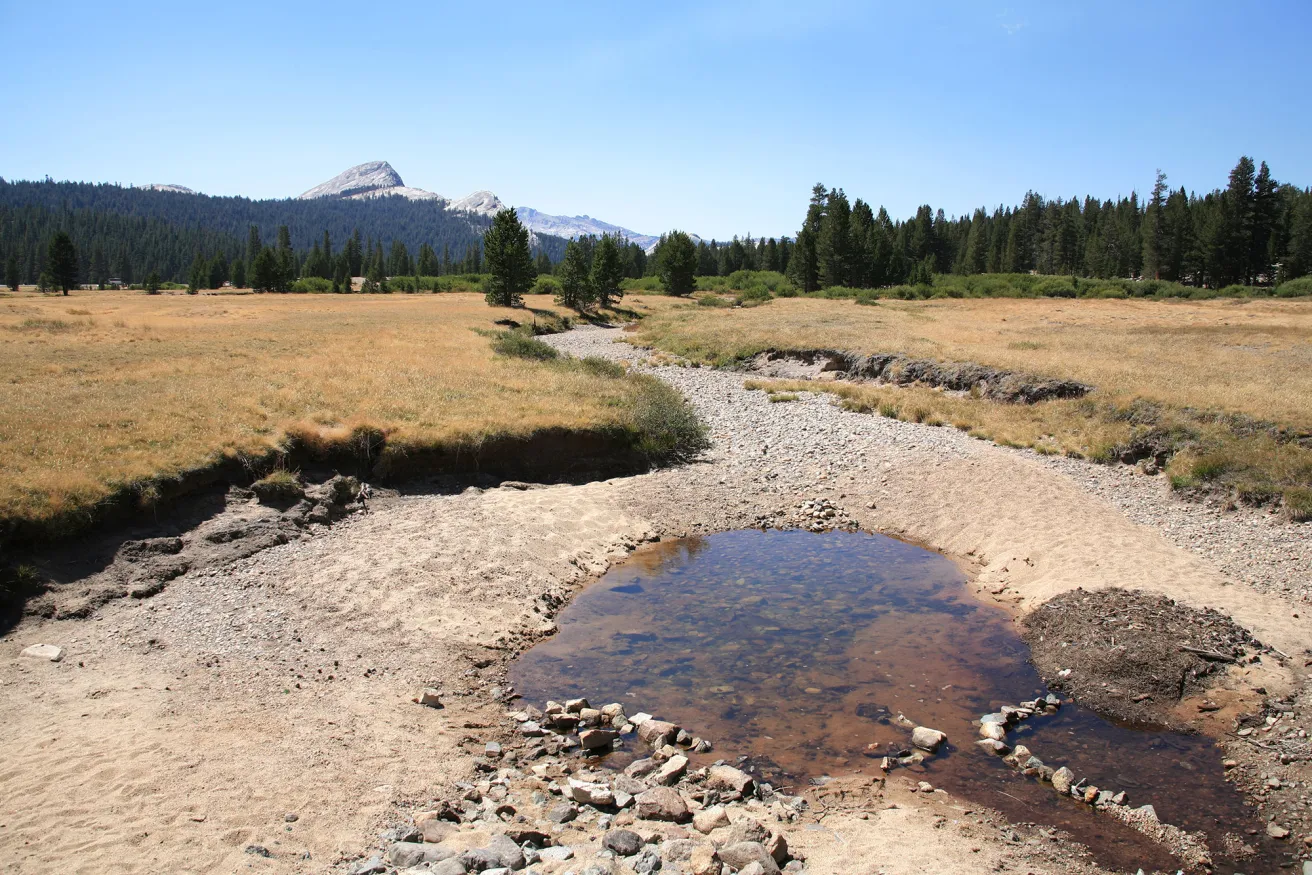
Accomplices of an arid climate, wildfires and droughts have long brought damage to the American Pacific West.
“We know that these systems have experienced severe droughts before,” says Dr. Benjamin Cook, a climate scientist for NASA’s Goddard Institute for Space Studies (GISS) and Columbia University. “In fact, if we go back a thousand years to the medieval era when the western United States was experiencing what we call ‘mega-droughts,’ these drought events were much more persistent and oftentimes more widespread than really anything experienced in the 20th century.”
But there’s one factor that distinguishes the disasters of centuries past from modern extreme weather: droughts and high temperatures.
“Big droughts are not unprecedented. What is unprecedented is the fact that we're now dealing with these droughts at the same time that temperatures are much higher,” Cook explains.
Since 1880, scientists say the average global temperature on Earth has increased by nearly 2 degrees Fahrenheit. Now, climate change has fueled the danger entangled in the hot air and dry ground of the western United States.
“So long as things continue to warm, those impacts will continue and will likely intensify.”
A changing landscape
Extensive research shows climate change is increasing the intensity and frequency of natural disasters. In the American Pacific West, climate change has brought on severe dryness synonymous with unyielding drought. Plants and trees dry out and the vegetation piles up on the forest floor. This brush feeds wildfires making them burn hotter and spread faster.
This increased intensity is inflicting more severe, long-term damage. Whereas forests were previously able to regenerate after a wildfire, the effects of climate change are diminishing their natural ability to heal. Cook says once the land does recover, it’ll likely look different.
“A much more fire-prone West is still going to have vegetation and ecosystems and species, but it’s going to have species that are adapted to thrive under those conditions. Which may be different than the species that we have historically associated with these ecosystems,” Cook explains.
Some substantial shifts in ecosystem makeup motivated by climate change are already being observed.
In California, researchers say it’s now too hot for at least 20 percent of Sierra Nevada conifer trees to reproduce. That means once these ‘zombie forests’ die out, the conifer trees will be replaced by an entirely different species. Researchers from the University of California-Riverside found that plant species in the Sonoran Desert are also on the move. Species that have long been recognized for their resiliency, like the pinyon pine, are shifting upwards in elevation in search of cooler temperatures. And species with shallow root systems, like brittlebush, are moving into the hotter, low-elevation vacancies.
The Future Plant Hardiness Zone Map from the Arbor Day Foundation and Davey Tree Expert Company details more changes to what vegetation is expected to thrive in the Pacific West over the next several decades.
The shifts of species could have larger implications than simply what exists where. Right now, about 75 percent of the country’s fruits and nuts are domestically grown in California, as well as 30 percent of the nation’s vegetables. Regardless of if you live in the Pacific West or not, most of us look to the region for its agriculture. But the warming climate could inhibit the commodities that have typically thrived there and potentially inflict food shortages.
While many plants and animals are moving out, humanity continues to lay down sturdy roots in the American Pacific West.
Proactive rather than reactive
As the population in the Pacific West has grown, residential developments have pushed into ecosystems that naturally burn. Data from the U.S. Forest Service shows that in 2020, more than 16 million homes in the Pacific West were located in fire-prone areas. That’s up from about 10 million homes 30 years prior.
“Even some of these towns that are in fire-prone ecosystems are not built around best practices to reduce fire,” Cook says. “You can’t just stop fire, especially in the context of climate change. But there could be ways to manage for fire that could reduce the likelihood of these really damaging events.”
Cook believes that begins with a sense of intentionality.
“The nature of the human condition is that we tend to be very reactive. Something bad happens and then we start to figure our way out of it,” Cook says. “For the first time in human history, we have some reasonable idea of what’s going to happen in the next 50 to 100 years. That’s powerful because now we can actually plan around it.”
For example, sewer systems are typically designed around the statistics of heavy rainfall from historic storm events.
“But if climate is changing the status quo and changing those statistics, then it means that the sewer system that you built…is no longer sufficient to prevent flooding,” Cook explains. “We need to build that for the climate in 50 years, not for the climate today or the climate from a hundred years ago.”
In the Pacific West, climate-resilient infrastructure might look like changing our approach to hanging power lines, which are known to spark wildfires. It might include modifying water distribution, especially during periods of drought.
“In this case, the past is not prologue. We can’t look to how things happened in the mid-20th century to be able to deal with how things are going to happen in the future,” Cook notes.
Benchmarks for success
When looking to the future, Cook believes setting the right benchmarks of success is key during this fight against climate change. With the dynamic nature of ecosystems in the Pacific West and around the world, there are going to be both triumphs and failures.
“The Paris Agreement set this ‘two-degree’ target, but if we go over two degrees, it doesn’t mean it’s game over. If we stay under two degrees, it doesn't mean that we don’t have to worry about anything,” Cook says.
The best thing we can do for the planet is keep moving forward. Keep trying. We’ll never be able to return the Earth to the pristine nature of its origin. But we can nurture it. We can plant trees in the right places to help improve climate, communities, and biodiversity. We can protect habitats for wildlife. We can rethink old ideas and develop better, more climate-resilient solutions.
We just need to get started.
“I think what’s worth achieving is just managing these ecosystems to balance species and human use. Obviously, there’s a lot of actors and there’s lots of interests, but I think we can do that,” Cook says. “We just need to be doing it in the mindset of what it’s going to look like in a two or three-degree warmer world.”

